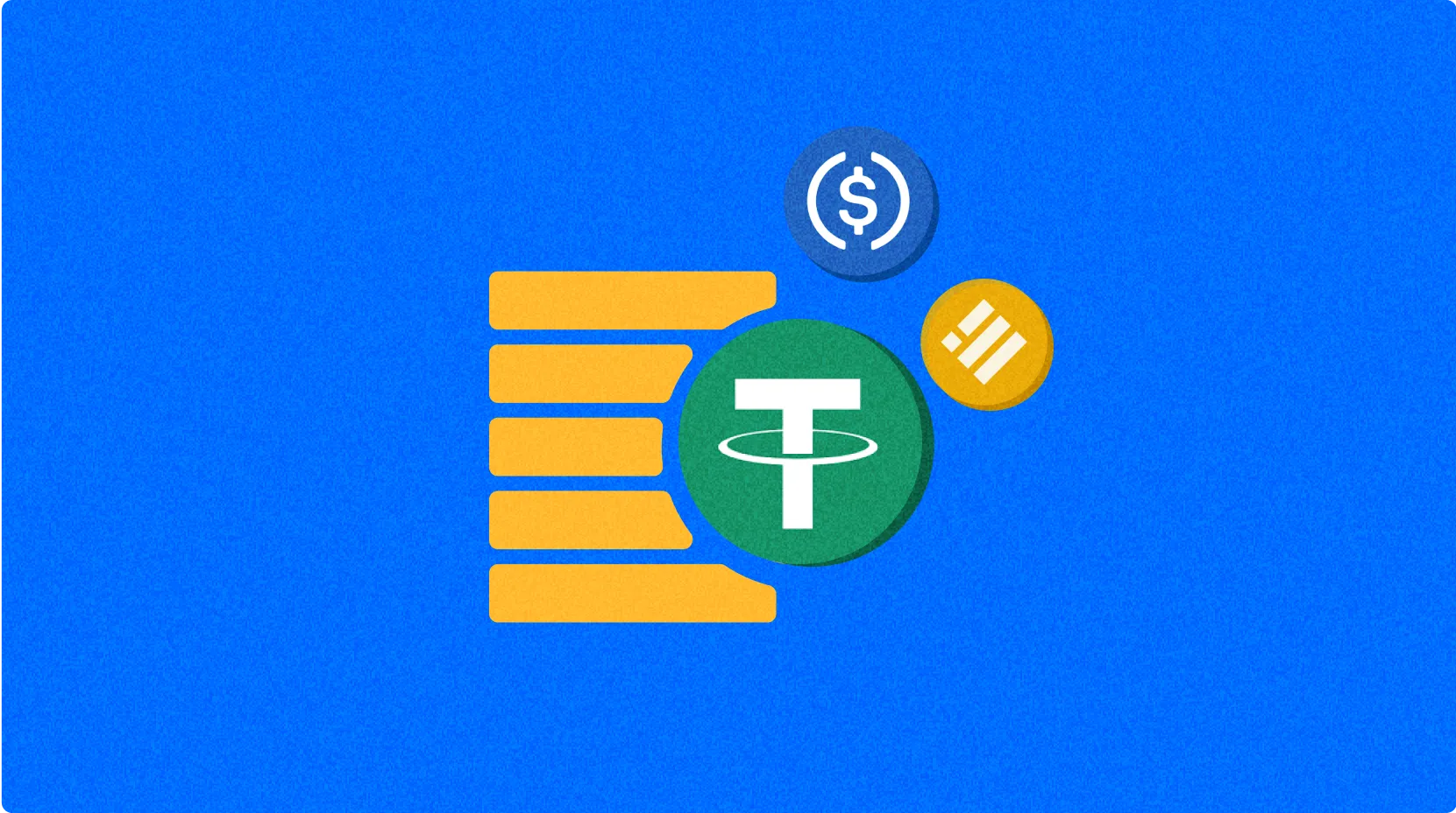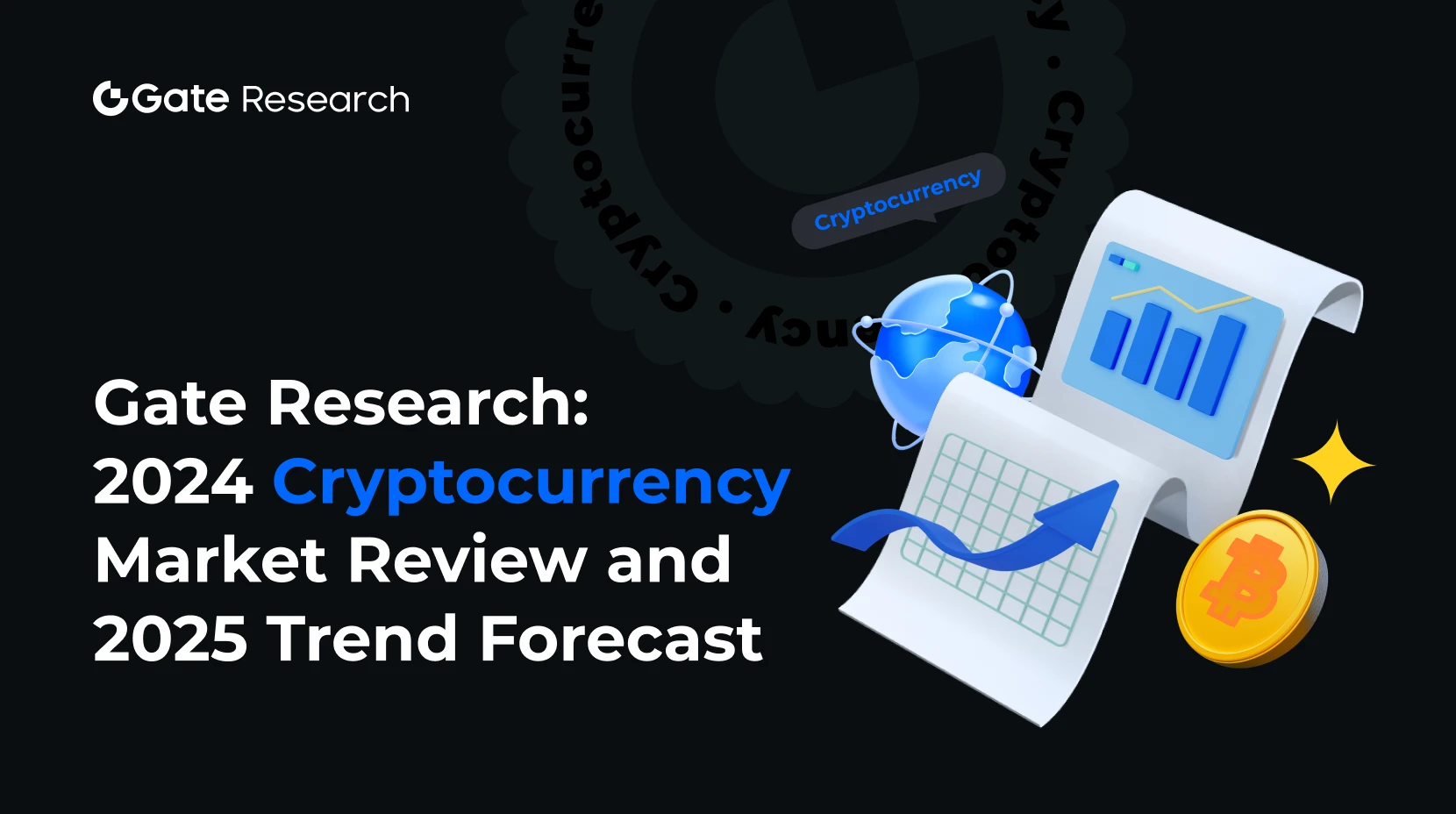Define Amalgamation

What Is a Merger?
A merger is a transaction in which two companies combine their assets and operations. The outcome is either the formation of a new company or one company absorbing the other. The primary goals are typically market expansion, cost reduction, or acquiring new technologies, aiming for synergy where "1+1>2" becomes possible.
Common types of mergers include absorption mergers and new entity mergers. In an absorption merger, Company A acquires Company B, and Company B ceases to exist as a standalone entity. In a new entity merger, Companies A and B jointly form Company C, with both A and B dissolving as legal entities. Compensation can be paid in cash or shares, depending on negotiations and market conditions.
What Is the Difference Between a Merger and an Acquisition?
Mergers and acquisitions differ in outcome and legal structure. An acquisition is about "buying control": one party purchases shares in another, allowing the target to retain its legal status. A merger means "combining into one entity," usually resulting in the target losing its independent existence.
From an investor's perspective, after an acquisition, you might still hold shares in the original company, though the controlling shareholder has changed. After a merger, your shares may be converted into shares of the new entity or settled in cash. Both affect governance, branding, and strategic direction, but mergers generally involve broader integration.
How Are Mergers Valued and Priced?
Merger pricing is based on valuation and negotiation. Valuation is the process of assigning value to a company, using metrics like cash flow, comparable company analysis, or asset value—similar to appraising a property before purchase. Pricing often includes a "premium," meaning the buyer pays above the current market price to gain control or synergy benefits.
For example: If Company A is valued at 100 and Company B at 50, a cash merger with a 30% premium would set the offer at 65. In a stock-for-stock merger, an "exchange ratio" determines how many shares of Company A are offered for each share of Company B. Suppose Company A's share price is 10 and Company B's is 5; with a 20% premium, negotiations might settle on exchanging 1 share of B for 0.6 shares of A. The final terms also factor in debt, cash holdings, and future performance conditions.
Exchange ratios may include adjustment mechanisms—such as recalculations in case of significant adverse events or setting "cap and floor ranges" to protect both parties from market volatility.
What Is the Merger Process?
The merger process generally consists of several stages: due diligence, agreement drafting, approvals, and post-merger integration.
Step 1: Intent and Confidentiality. Both parties sign confidentiality agreements, exchange initial information, and decide whether to proceed.
Step 2: Due Diligence. The buyer's team reviews financials, legal compliance, and technology—much like a health check—to uncover risks and synergy opportunities.
Step 3: Transaction Agreement. The merger agreement is signed, specifying consideration, exchange ratio, preconditions, and termination clauses.
Step 4: Board and Shareholder Vote. Internal governance processes are followed, with the proposal submitted for approval by both boards and shareholders.
Step 5: Regulatory Approval. If antitrust or industry licenses are involved, filings are made with regulators for clearance.
Step 6: Closing and Integration. Funds or shares are exchanged; then brand, organization, systems, and finances are integrated. The typical goal is to achieve measurable synergies within 12-24 months.
What Is the Impact of Mergers on Shareholders and Investors?
Mergers can cause share price fluctuations and changes to holdings. In cash mergers, shareholders receive cash and exit their positions; prices often approach the offer value in the short term. In stock-for-stock mergers, existing shares are converted into shares of the new entity—affecting your portfolio structure, dividends, and voting rights.
Tax implications and timing are also critical. The timing of receiving cash or new shares and associated tax liabilities may differ from those of a stock swap. Before and after closing, there may be trading halts or rule changes. If synergies materialize, long-term returns may improve; if integration fails, profits and valuations may suffer.
What Are Some Web3 Merger Cases and Lessons?
In Web3, mergers often occur when project teams or DAOs combine governance structures and token economies. After merging, projects may issue new tokens with "token swap" rules—for example, exchanging old tokens for new ones at a 1:10 ratio via smart contract execution.
For token holders, mergers affect governance voting rights, token amounts, and unlocking schedules. It is essential to track swap windows, contract addresses, and official announcements to avoid asset loss due to fake websites or contracts. The lesson: Just like traditional company mergers, Web3 mergers require careful assessment of real synergies and sustainable token economics.
How Should Users Respond to Merger News on Gate?
When facing merger news, information verification and risk management are key. Confirm official announcements and legal documents; check the compensation method and timeline to decide whether to adjust your holdings or wait for completion.
Step 1: Monitor Announcements and Details. On Gate, review official project or token updates for swap ratios, airdrop rules, and deadlines.
Step 2: Set Price Alerts and Plans. Use market alerts to track crucial price levels and event dates so you do not miss key windows.
Step 3: Assess Positions and Risks. Based on cash or stock swap (token swap) proposals, plan for liquidity and tax impacts; reduce leverage or position concentration if necessary.
Step 4: Avoid Phishing and Fake News. On Gate, only use official verified entry points and contract addresses; do not click suspicious links to prevent asset theft.
Risk Disclaimer: All operations carry market and technical risks; nothing herein constitutes investment advice.
What Are the Risks and Regulatory Focuses of Mergers?
Mergers face risks such as transaction failure, regulatory rejection, or poor post-merger integration. Antitrust review assesses if excessive market share will result; industry regulators focus on licensing and customer protection. Insufficient information disclosure can mislead investors or trigger legal issues like insider trading.
In Web3 scenarios, mergers may expose smart contract vulnerabilities or fake contract attacks. Always verify official addresses and timelines; beware of fake airdrops or private key phishing attempts. For cross-border mergers, different jurisdictions' compliance requirements must be considered.
How Are Merger Trends Shaping Up?
Global merger activity peaked in 2021 but slowed due to rising interest rates and market uncertainty. Most institutions reported a recovery in M&A activity by mid-2024; large deals increased in technology, energy, and healthcare sectors (sources: market data providers such as Refinitiv and Dealogic as of 2024).
Key factors influencing trends include financing costs, regulatory attitudes, and industry cycles. Lower interest rates usually raise valuations and transaction appetite; antitrust policies impact feasibility of large deals; sector consolidation is more common during intense competition or rapid technological change.
Key Takeaways on Mergers
A merger combines two companies' assets and operations to pursue scale and synergy; its core difference from an acquisition lies in legal structure and final outcome. Pricing depends on valuation and negotiation; the process involves due diligence, agreements, approvals, regulatory clearance—and post-merger integration determines if synergies are realized. For investors, cash vs stock swaps have different effects on portfolios and rights. In Web3, mergers involve governance changes and token swaps—so always prioritize official information and safe practices. On platforms like Gate, rely on official announcements; set alerts and manage risk proactively. Looking ahead, merger activity is driven by interest rates, regulation, and industry cycles—with opportunities always balanced against risks.
FAQ
What Is the Difference Between "Merge" and "Combine" in Mergers?
"Merge" typically refers to technical integration of data or systems; "combine" focuses more on commercial logic unification. In corporate mergers, "merge" is used for the legal process joining two entities into one; "combine" may mean joint operations while keeping separate identities. Both fall under broad definitions of merger but differ in context and depth.
What Is the Difference Between Absorption Merger and Regular Merger?
An absorption merger means one company absorbs another—which then dissolves. A regular merger may involve forming a new entity or merging as equals. In absorption mergers only one party survives legally; procedures are more streamlined. This is most common when large companies acquire smaller ones.
How Do You Judge Premium vs Discount in Mergers?
A premium merger occurs when the purchase price exceeds the target’s independent valuation—usually justified by expected synergies or strategic value. A discount merger is when acquisition price falls below market valuation. Compare pre- vs post-merger share prices, PE ratios, and industry averages for assessment. On Gate you can use historical price charts (K-lines) and official announcements for reference.
Why Do Share Prices Fluctuate Dramatically After Merger Announcements?
A merger announcement triggers market repricing as participants evaluate new synergies and integration risks. Premium deals typically push up target company shares; acquirer shares may drop due to premium payment obligations. Regulatory uncertainty or integration challenges add volatility. Investors should track real-time updates and professional analysis on Gate.
In Web3 Contexts, What Does "Merger" Mean?
A Web3 merger usually refers to blockchain protocol upgrades—like Ethereum’s shift from PoW to PoS consensus mechanisms. This differs from traditional business mergers—it’s a technical change in consensus mechanism, not combining commercial entities. Web3 mergers come with technical risks, community debates, shifting market expectations—and deep impacts on token prices. Stay closely informed on Gate or other exchanges.
Related Articles

Reflections on Ethereum Governance Following the 3074 Saga

Gate Research: 2024 Cryptocurrency Market Review and 2025 Trend Forecast
